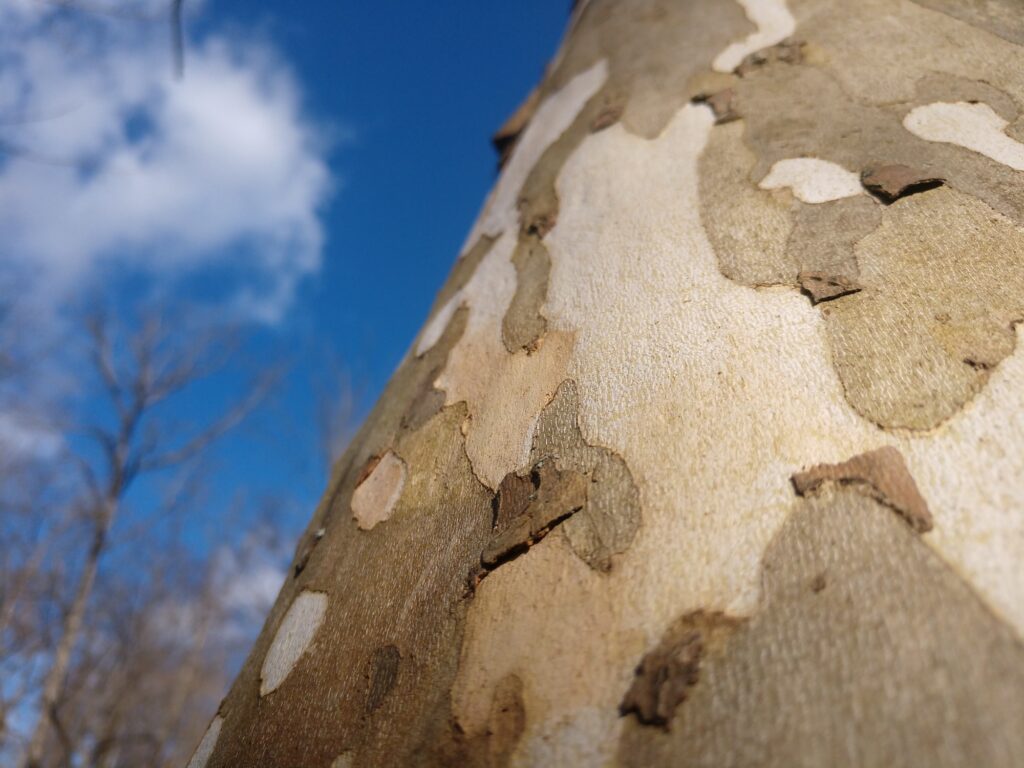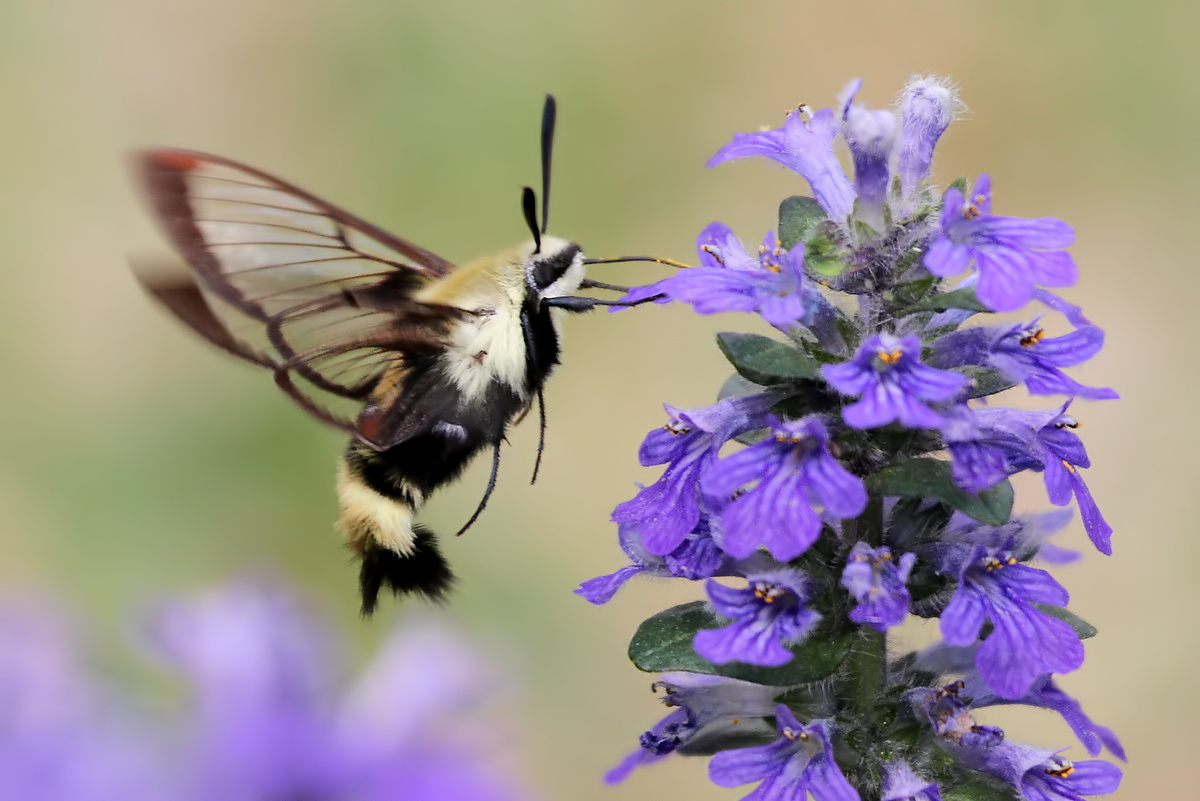A walk in the woods this time of year is different, it’s quiet and monochromatic. Other than the crunch of your shoes on frozen ground, there isn’t as much to see or hear as a forest in spring or summer.
Winter is the perfect time to learn a new skill when you do not need a green canopy: identifying trees. Since most deciduous trees drop their leaves in the winter, what clues can we use? Remember to look at the three “B”s–branches, bark, and buds–for all of the information you need.
Let’s start by looking at the tree through a wide lens and examining how the twigs and branches are arranged. Do they come off the trunk or larger branch opposite of each other, or do they alternate up the length? Maple, Ash, Dogwood, and Virburnum all have opposite branches. Very few other species do. Most other species of trees have alternate branching patterns, including oak, cherry, and cottonwood trees.
The wood’s overall color palette may look dull gray or brown. Examine the trunks of the trees and pay attention to the subtle differences. The color, texture, thickness, and pattern of a tree’s bark are all hints. Feel the texture. Is it smooth, deeply ridged, shaggy, or peeling, scaley? Beech trees have very smooth bark, cottonwoods have deep grooves, and shagbark hickory trees have large peeling bark.
Look closely at the bark color. Is it grey, chocolate brown, nearly black, or variegated? Walnut trees have a rich brown bark. Sycamores have a peeling bark in shades of tan, olive, and gray. Dogwood trees’ bark is almost a rosy color. Bark can look different as a tree matures or based on growing conditions. It can be tricky to use bark to identify a young tree. But there is another way to tell: scratch and sniff. The bark of some trees even has a scent in winter. Sassafras trees smell very spicy and black cherry trees have a bitter almond scent.
Next, look at the tree’s buds. They contain the embryonic flowers and leaves that will sprout and grow in the spring. Buds can have very distinctive shapes, colors, and arrangements. For example, beech trees have long, lance-shaped buds. Silver and red maples have reddish puffy buds and the tulip poplar’s large terminal bud resembles a duck’s bill. Like the branches, buds also can be arranged opposite each other, alternating, zig-zagged, or clustered on a twig.
There are a few other clues you can use to identify trees in winter. A few trees, like the beech and some oak species, hold onto their leaves in the winter. Some shrubs, like winterberry, retain fruit or berries in the winter. Look for thorns. Honeylocusts and black locusts have large, beastly thorns that can be seen in winter. Lastly, you can also search the ground below the tree for last year’s clues–nuts and downed leaves.
Before your next winter hike in the woods, check out a tree identification book or download a tree identification app on your phone. These will help you learn new skills using all your tools of observation.
Photo of sycamore tree bark at McVey Memorial Forest
Julie Borgmann is the Executive Director of Red-tail Land Conservancy. Her passion is preserving habitats where people and wildlife can thrive.




